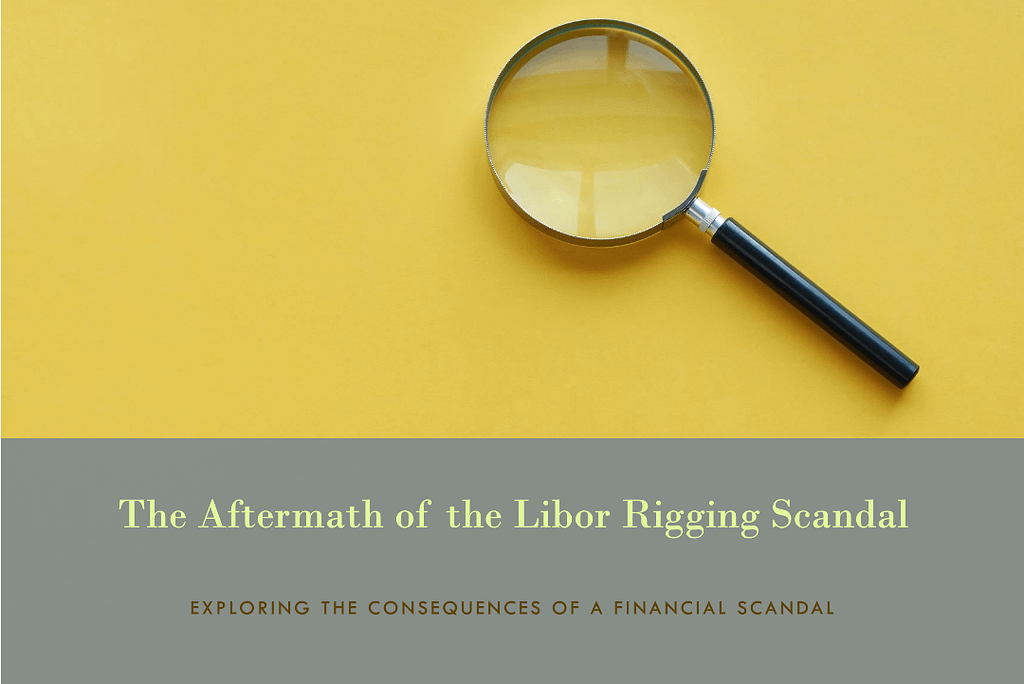The process of preparing Limited Liability Company (LLC) agreements is one of the key aspects that business owners should pay attention to as it helps in addressing some of the legal filings and financial planning that most entrepreneurs would want to place in order. Of the many sections that make up an LLC operating agreement, waterfall provisions are significant in that they define the manner in which profits and losses are shared amongst the members. These provisions, which are quite often ignored, are significant in maintaining a fair and just distribution of resources managed while almost all members’ interests are safeguarded.
In this article, we will explain waterfall provisions in detail, as well as discuss the things to keep in mind while drafting them, the various types of distributions, and how to create different levels to facilitate payment of distribution efficiently. At Pacific Legal, we are here to assist you in those provisions, creating a suitable LLC agreement that is clear, practical as well as legal.
What Are Waterfall Provisions?
Waterfall provisions are provisions in the operating agreement of an LLC that provide for the distribution of profit and loss. These provisions define the manner of distribution of cash or assets, especially in the incidences of liquidation and distribution of profit or capital. These provisions are called a waterfall because the distributions are made down the hierarchical structure in the manner a waterfall flows downwards.
These provisions are important in LLC operating agreements as they give a legal framework on how distribution is going to be done in the company to prevent disputes. A proper drafting of waterfall provision ensures that the members know when and how distribution will be done, hence ensuring an increased transparency and legal nature of the LLC agreement.
The waterfall provisions may be modified depending on annexation to its general requirements or conditions such as capital contributions, member’s interest or tax implications. Knowing the right formation of these clauses creates balanced distribution that has regards to the goals of the LLC business.
Factors Affecting Drafting of the Waterfall Provisions
In developing the waterfall provisions, factors such as those that may affect the split of profits and losses have to be considered. These include:
1. Member Contributions: Each member’s contribution to the LLC often defines their equity in the profits and losses. It is possible for waterfall provisions to be more beneficial to the members of the LLC who provided more enormous capital contributions than other members.
2. Return on Investment (ROI): This provides for the return of the original investments before any profit sharing takes place. Such a system makes it possible for the members to recoup their invested funds before any revenue is shared out.
3. Priority Distribution: There may be instances when the members come to a consensus that certain distributions will take precedence over the other distributions. For instance, a high-ranking member who has contributed a considerable amount of money may be entitled to distributions before any other members of the LLC.
4. Member Interests and Profit Distribution: The agreement should address the diverse expectations of the members, particularly considering their voting rights, share percentage, and management involvement. Effectively, this ensures that members are drawn profits that tally with their ownership interest.
5. Tax Implications: It is very important to design these provisions to optimally take full advantage of tax regimes. For instance, some LLCs may want to share profits while minimizing the taxes paid by the members.
6. Distribution Triggers: Recognizing the timeline of events for when distributions occur is significant, for instance, in the circumstances of liquidations, disposals of assets or attaining set levels of profitability. Clear outlining of such scenarios can avoid ambiguity in the future.
The lawyers working with Pacific Legal are well-versed in these factors and know how to structure such provisions in a way that takes into consideration all legal and financial factors necessary for your protection.
Types of Waterfall Distribution
Waterfall provisions are subject to significant variations depending on the particular distribution structure and the unique requirements of the LLC. Below are the significant types of waterfall distributions that are generally provided for in the agreements of an LLC:
1. Simple Distribution: A simple waterfall distributes profits and losses according to the ownership or capital contribution percentage. This approach is simple and is applicable in an LLC with even and equal investment by all members or nearly so.
2. Preferred Return Distribution: Preferred return distribution means that some members receive a return on their capital contributions prior to any other distributions being made. This is common where some members have contributed much more capital than others or where the company is trying to encourage certain members to invest more money.
3. Catch-Up Distribution: A catch-up distribution usually applies. After the preferred members get their return, the other members are allocated some profits to catch up to the preferred members again. This is done so that every member gets to share in the successful results of the LLC after the preferred returns have been paid out.
4. Tiered Distribution: This method of distribution allows for several levels or tiers of distribution which should each meet specific requirements before progressing to the next tier. This enables a fair and orderly manner of distribution as per the rules governing the distribution.
Waterfall Distribution Tiers
It is important to note that waterfall provisions can be capable of having several tiers which are used to determine the order of distributions. Many are essential for the formation of complex schemes of distribution as well as for the needs of all tiers.
1. Return of Capital Contributions: Normally, the first tier is connected with repayment to the members of their contributed capital. Before the distribution of profits, if there are such, members’ diseconomies are first reclaimed to recover their financial inputs.
2. Preferred Return: At this level, the members may be entitled to a return of their capital contributions before any distributions to lower-ranked members. It ensures that those members who have contributed their capital in large amounts are paid first for other distributions to be made.
3. Profit Sharing: After the satisfied return of capital and the payment of higher returns to preference shareholders, any and all additional profits are shared among the members in accordance with terms agreed to for the sharing of profits, represented either on a percentage basis or on achieving certain target levels.
4. Fund Catch-up Tier and Residual Distribution: This final tier provides that any excess amount available shall be utilized to allow other members to catch up to the preferred members first. After that, any residual funds left shall be distributed according to their respective ownership interests.
In summary, tiered distributions are helpful in that they address the different possible structures of the LLC and how members are related to each other while ensuring that there is fairness in the distribution of profits.
What is In-Kind Contribution?
When used in reference to LLC agreements, an in-kind contribution means one of the members contributing other assets to the LLC apart from cash; these may include land, machinery, brands, or copyrights, among others. These contributions can also be accommodated under the waterfall provisions by assigning a proper value to them and providing for them in the distribution scheme.
Hence, the handling of in-kind contributions demands a lot of attention to ascertain that the member donating the non-cash asset is adequately rewarded in the distribution system. These assets should, therefore, be accorded their correct value so that the member’s proportionate share in the LLC is as correct as possible. Occasionally, the waterfall provision may offer preference to those members who contribute substantially in kind because of the benefits their tangible assets provide the firm.
Contact Pacific Legal for Waterfall Provisions in the LLC Agreement
The LLC operating agreement must be written correctly and armed with accurate waterfall provisions to accomplish fairness in revenue and expense divisions. Pacific Legal’s attorneys have years of practice and assistance navigating clients through the formation of the LLC agreement and specific waterfall provisions to match the purpose of the business.
In our combined experience, we are familiar with the subtleties of how such provisions should be drafted to capture maximum tax shield, address members with diverse self-interests and fairly value members’ in-kind contributions. All our services are tailored to guarantee that your limited liability company’s operating agreement complies with the law and provides the best possible safeguarding for your funds.
Why Choose Pacific Legal?
Experienced Legal Team: Our attorneys bring years of experience in drafting LLC agreements and resolving complex legal matters involving limited liability companies. We focus on delivering customized solutions that align with your unique business needs.
1. Comprehensive Services: From creating new LLC agreements to restructuring existing ones, our services cover all aspects of LLC formation and management, ensuring your waterfall provisions are thorough and legally sound.
2. Tailored Legal Solutions: Every business is unique in one way or the other. In other words, our approach takes into account the unique needs of each LLC, including capital contributions, member interest, tax advantages, and more, to deliver an agreement that is fully tailored to your needs.
3. Commitment to Client Success: Our goals are to ensure that clients achieve sustainable objectives, foster predictable legal strategies that meet and sustain their objectives, and improve their bottom line. We have time for our clients to explain their objectives to us and then advise them beyond the legal perspective.
You require formation of a new LLC or modification in the existing; you can rely on Pacific Legal. Our knowledge of the provisions under the waterfall provisions enables LLCs to arrive at a fair and workable method of profit-sharing. Call us now to find out more about your LLC requirements and how we can assist in your business success.
Conclusion
It is important when using an LLC agreement to appreciate waterfall provisions when designing a distribution plan for profit and losses. These provisions afford a transparent mode of dealing with member interests, capital, and other in-kind contributions and reflect a favourable treatment of taxes. With Pacific Legal’s help, you can create a professional and robust LLC operating agreement that will fit your business needs and intentions.
Get in touch with Pacific Legal now for your LLC agreement and legal requirements to allow the drafting of your business’ advantageous waterfall provisions.







